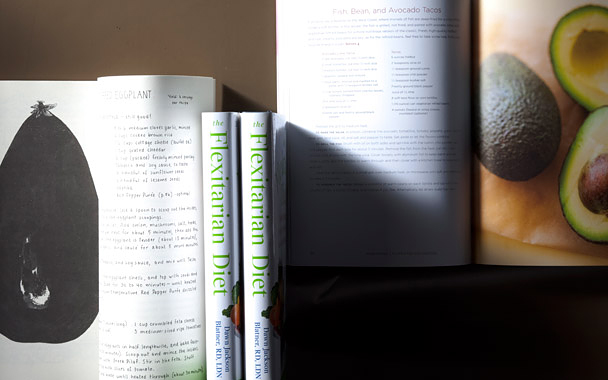If you eat meat but suddenly find yourself bypassing rib-eyes and tenderloins and heading straight for the chickpeas and lentils, you may be among the growing ranks of recession-bred flexitarians—semi-vegetarians who dabble in carnivorous cuisine from time to time.
Meat is the single most expensive thing Americans eat, and in tough times it’s one of the first things to go. Fifty-one percent of shoppers surveyed by the American Meat Institute say they have changed their meat purchasing relative to the economy. Despite the recent increase in home cooking, the average family only prepares 3.9 evening meals that include a meat item, down from 4.2 meals last year.
Andrew Gottschalk, an independent analyst at the agribusiness market-research website HedgersEdge.com, reports total beef demand is down 7 percent from the fourth quarter of 2007 to the fourth quarter of 2008—the equivalent of the entire metropolitan area of Atlanta becoming vegetarian. And farmers across the nation, anticipating continued low demand, are planning to cut their production of beef, pork, poultry, and milk, along with corn, wheat, rice, and peanuts.
In an attempt to reclaim their former customers, the beef industry has launched a full-scale marketing campaign. The American Meat Institute produced a YouTube video teaching consumers how to render cheaper cuts of meat palatable. Cargill, which owns one of the nation’s biggest meatpacking companies, is creating new (and trademarked) names for inexpensive beef cuts. “Flap meat” has been rebranded as “Cordelico Sirloin,” and “ball tip” is now called “Cabrosa Steak.”
The publishing industry, meanwhile, is embracing consumers’ move away from meat. Lisa Regul, publicity manager for Ten Speed Press, an independent publisher with a long backlist of vegetarian cookbooks, considers this the golden era for such cookbooks. In response to what her company perceives as a big change in public opinion about the “traditional” American diet, and especially a new desire to reduce meat consumption, Ten Speed has several vegetarian cookbooks slated for publication this year. One in particular, Almost Meatless, is designed for people who would like to use meat as an enhancement, rather than the centerpiece, of a meal to minimize the grocery bill without sacrificing flavor and protein. The Moosewood Cookbook, a vegetarian bible originally published in 1978 that has become one of The New York Times’s ten best-selling cookbooks of all time, has seen consistently strong sales for the past 30 years, but its author, Mollie Katzen, says she’s seen its sales jump significantly in this past year. Dawn Jackson Blatner, author of The Flexitarian Diet, has seen a 25 percent increase in visits to her website since October 2008 (the month the book was first released). “Even before the economy tanked, my idea was to save people money by eating less meat. What I’ve found over the years is that if something is less expensive, very convenient, and tastes great, it’s bound to stick. We’re creating a whole generation of people who don’t have to be vegetarian to enjoy vegetarian or flexitarian cuisine.”
Today, the USDA estimates that the production of meat from every major category of farm animal will drop for the first time since 1973. While proponents of flexitarianism cite environmental, economic, and health benefits to this decrease, there’s no guarantee that American meat lovers won’t return to their carnivorous ways once the recession ends. For the time being, if you want a simple way to cut grocery costs, substitute vegetable proteins for animal ones a few times a week (which could mean practicing Meatless Mondays or adopting a “vegan-before-dinnertime” diet), and switch to more affordable cuts of meat, which also tend to be more flavorful.

